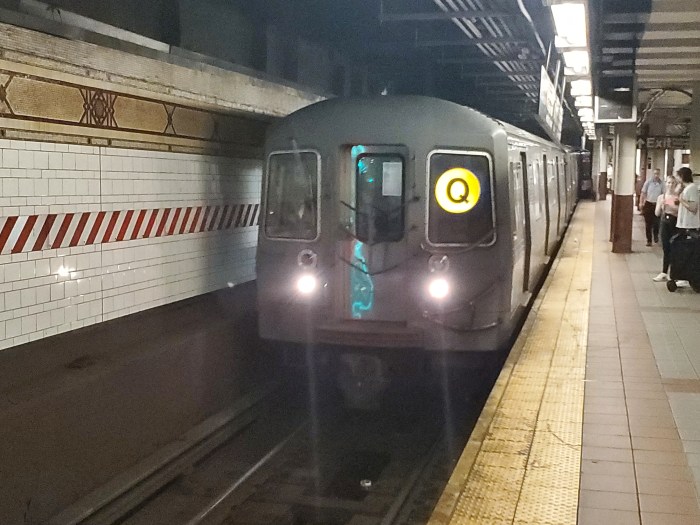The MTA’s preparation for this week’s snowstorm was informed by its failures of a 2010 blizzard that trapped hundreds of A train riders in a car for hours through the night.
Since then, the MTA has changed its methods for handling snowstorms, such as pulling back service to avoid cars getting stuck and staffing up its Incident Command Center with about 15 people representing a host of divisions like tracks, signals, and stations. “I think we failed in a lot of ways on Dec. 26, 2010, but if there’s good news to come out of that, it’s that we learned a tremendous amount about how we operate, the way we think in our operations in events like this,” said Carmen Bianco the president of New York City Transit.
One lesson the MTA learned was it needed someone in charge in its command center of ensuring passenger safety if a train gets stuck or a bus gets stranded.
“When they were figuring out what to do they were more in the train engineer mode,” Gene Russianoff, an attorney for the Straphangers campaign, said of the trapped riders during the 2010 storm. “They didn’t make the passengers a priority.”
The “customer advocate” for subways in the Incident Command Center Tuesday night was John Bryant, a 14-year MTA employee who makes live station announcements and updates the communication information system.
Bryant, who started his 12-hour shift at 10 p.m., was tasked with getting information about how many riders are in the cars, whether there are infants on board, and if emergency crews are needed. “The conductor will walk car to car and ask customers, do they need medical assistance, does anyone need any water, and sees if everyone’s OK,” Bryant said. “You’re looking out for the safety of the customer.”
During Bryant’s shift, his first as a customer advocate, signal problems caused a train to move slowly through Broad Channel and two others to be held in stations.
Fortunately for the riders, no fire or police personnel were needed. Passengers on all three trains were able to use bathrooms inside the station if necessary, according to MTA spokesman Adam Lisberg.
The agency has a one-day eight hour class to train customer service supervisors for the role; 10 employees have gone through this training.
Bianco, the head of NYC Transit, said a customer advocate was needed because the goal for “operating individuals” during an incident was moving trains through the system. “At some point,” Bianco said, “the [customer advocate] is going to say, ‘they’ve been out there for 20 minutes … what’s our plan? We’ve got to focus on them now, let’s not focus on these other mechanical, operating things.'”


































